Fluid & Heat Blog Posts
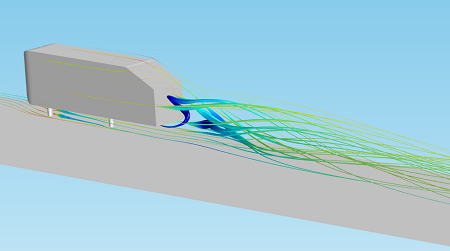
Studying the Airflow Over a Car Using an Ahmed Body
The Ahmed body is a benchmark model widely used in the automotive industry for validating simulation tools. We discuss simulating airflow over an Ahmed body to optimize automotive aerodynamics.
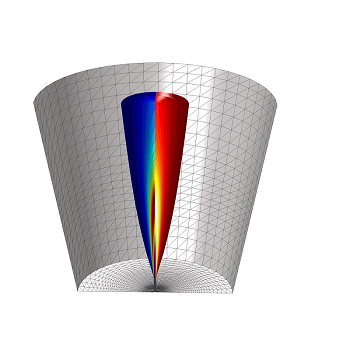
An Analysis of Syngas Combustion in a Round-Jet Burner
By combining the Reacting Flow interface and the Heat Transfer in Solids interface, we can study the syngas combustion in a round-jet burner. Get details…
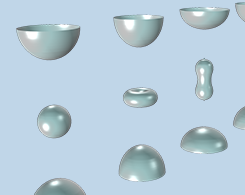
Tears of Wine and the Marangoni Effect
Have you ever noticed that when drinking a glass of wine, sometimes “tears” fall down in the inside of the wine glass? This is the Marangoni effect in action! Learn more and see examples…
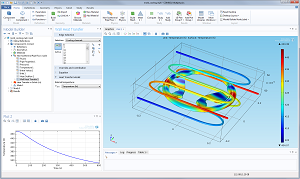
Simulating Injection Mold Cooling
Injection molding is the most common form of polymer manufacturing because large amounts of products can be produced quickly. By simulating this process, we can avoid defects in these products.
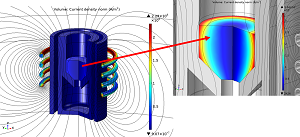
Tips and Tricks for Modeling Induction Furnaces
A guest blogger from SIMTEC gives an introduction to the principles of induction heating and shares insight into the modeling of induction furnaces.
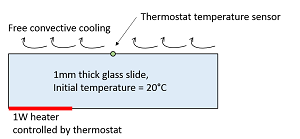
Implementing a Thermostat with the Events Interface
Hot or cold? You can use the Events interface in COMSOL Multiphysics® to implement a basic on-off thermostat in your model for controlling a heat load. Get a demonstration of how to do so here.
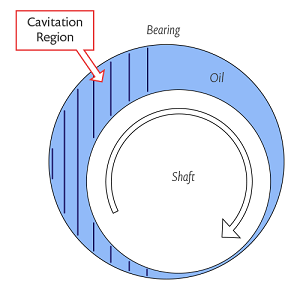
Predicting Cavitation in Journal Bearings
When designing journal bearings for use in a rotating shaft, the effect of cavitation needs to be considered, because it can affect the performance of these components.
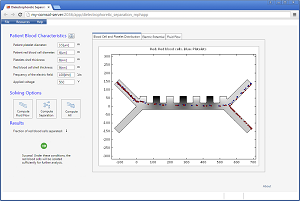
Dielectrophoretic Separation
Dielectrophoresis is a phenomenon in which an electric field is used to control the movement of electrically neutral particles. Learn about how to model this effect in both DC and AC fields.
